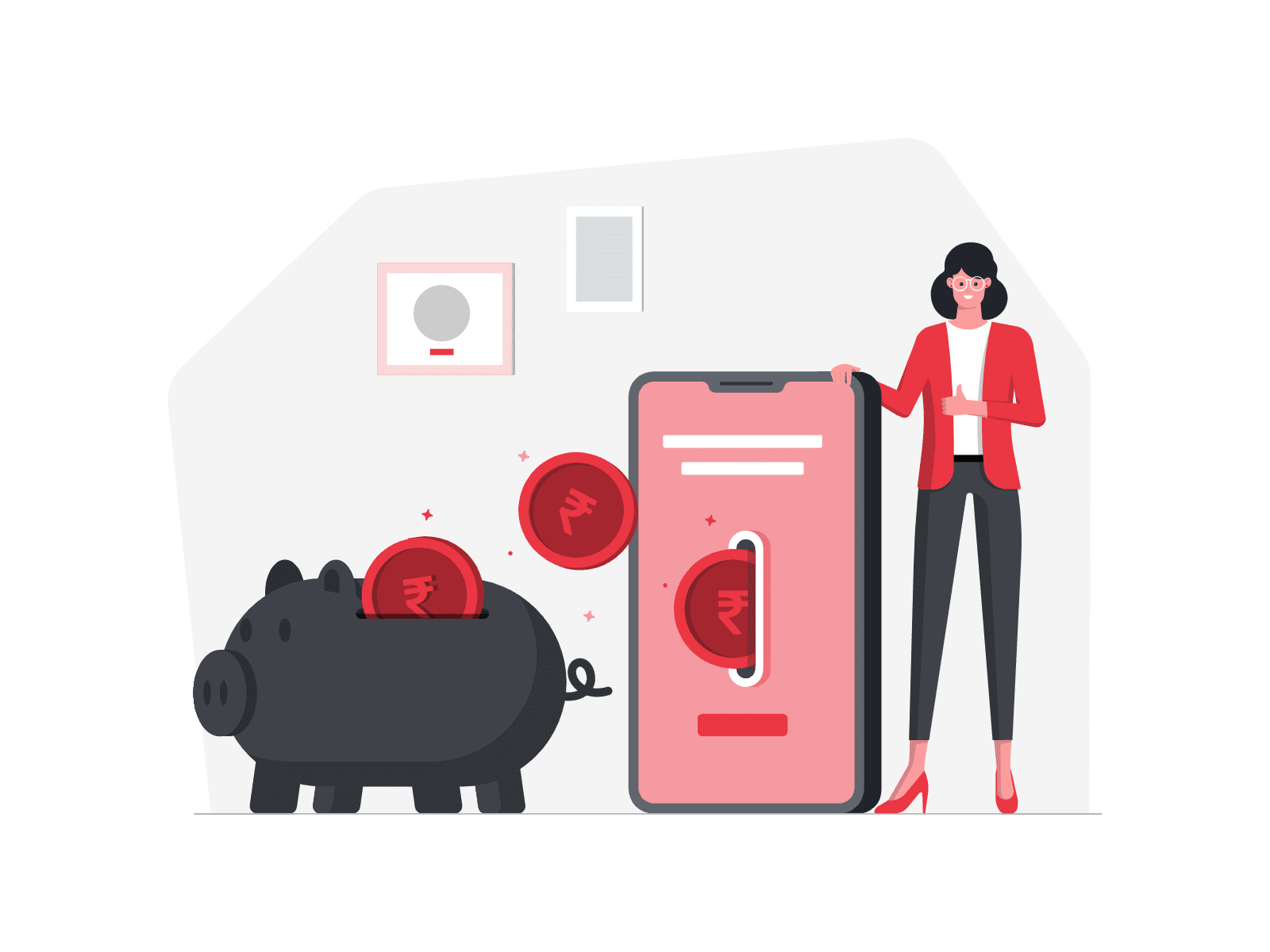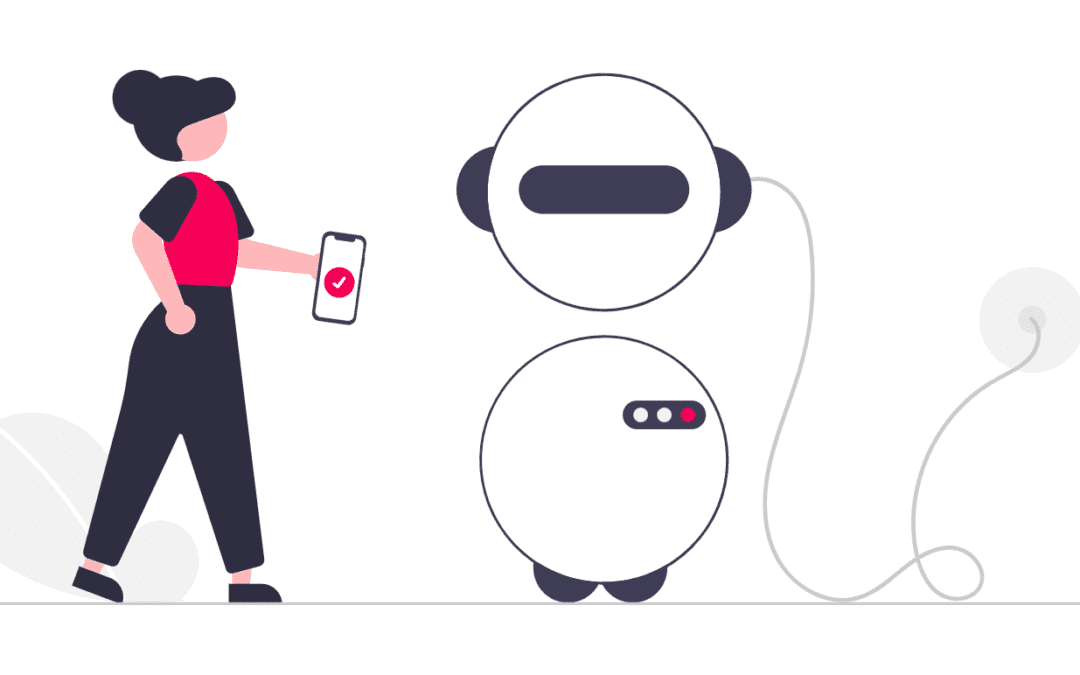WHAT DOES A WEBSITE COST?
This is a loaded question nowadays with all of the elements that go into creating a business website. You have to take in consideration: hosting costs, custom assets, and special features or functionality for the website. It’s not just a one line item conversation anymore, it’s a laundry list of new technologies and features we have access to, to make the perfect website. Things like search engine optimization (don’t know what that is? We can help), website responsiveness, digital marketing, ads, and the list keeps going. It can be a daunting task to figure out what you need and how to go about figuring out what it will cost you. The interesting thing about all of this now is that anyone can make a site for virtually nothing nowadays. However the trade off for that access is that you end up with a slapped together site, that works, but is not professionally crafted.
In this web design middle ground, there is something that can get lost in translation. And that is the value of the website to the client. Clients tend to ask themselves these questions before making any hard decisions on web design jobs:
I can make my own website for very cheap. Do I need to hire an agency?
Is it worth it to hire out an agency?
How much would I want to pay for this website?
Do I even need a website?
What is a good price for a website?
We know some people like numbers so here is some data we found provided by WebPageFX on the cost of websites over the years. And if you go to their site they have a nice little website cost calculator as well.

UNCOVERING THE VALUE
Pricing a web design job can be a tricky thing. You have to take into account the client’s budget, what your competitors are charging, what you are including in the process, and whole slue of other things. One thing that should never leave discussion when pricing these things out, is how valuable is this website project to the customer? Do they hold it as the highest priority and are willing to shell out money to get it perfect? Or do they think of it as a nice add on to their business and hold it to the same cost as all of their other business decisions? It can be a slippery slope when throwing out numbers and costs to customers, especially if they are new to the idea of a website.
A big step in this whole process is getting to the know the client and how they operate their business. Meeting with the clients face to face is important not just to go over details but also in regards to understanding what it is that they want from this. Simply just throwing prices around with no regard to the value of the project to the customer is not a good way to get them on board.
Paul Rand was a master and well known graphic designer. In a video talking about pricing logo design with new designers (you can watch the full video here) in the industry. Chris Do, the host shoots out a line about Paul that really makes all of this come together:
“I don’t care who you are, you can be Paul Rand, you can be anyone you want. Mom and pop comes to him he is going to do it [logo design] for a sandwich, because that’s what it’s worth to them.”

This is something that may be missing in today’s world of web design. It’s putting the customer first and taking into account what they value as important in terms of a website for their business. We here at Ruby Shore strive to provide an atmosphere as similar to this as possible. It can be challenging to balance both determining the value for the customer and keeping the doors open. Web design agencies also run a business and doing all their projects for sandwiches won’t keep the lights on. But there is something to be said about finding that balance and getting to a point where the customer and the designer are happy.
IT’S WHAT WE DO
That’s why we are in business. To find out what that number is to you and your business. If you know you need a website for your business and are willing to open up your budget for something big then let’s talk. If you know you need a website but are not sure of what you want to budget, then let’s talk. It doesn’t have to be a black and white conversation. It should be a discussion about value and how that value sits with the customer. Sometimes it may be just a sandwich in which case, I’ll take mine with cheese.




